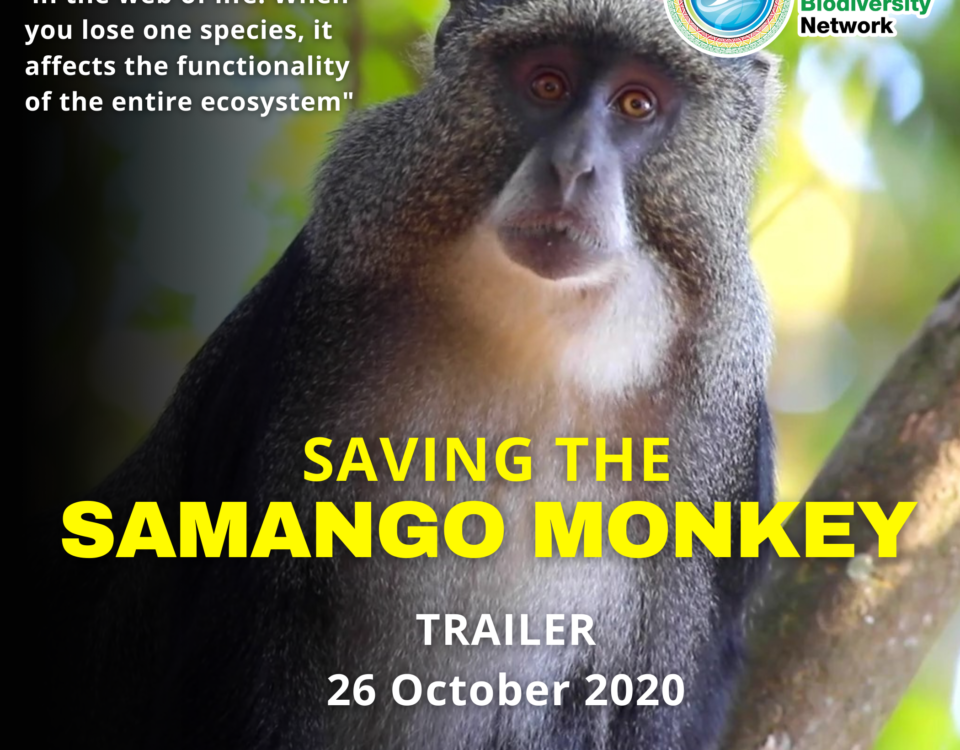Mopane Worms And Biodiversity

2nd Biodiversity And Nature Conservation Symposium
May 18, 2020
Youth Policy Debate
May 27, 2020By Fortunes Felix Matutu
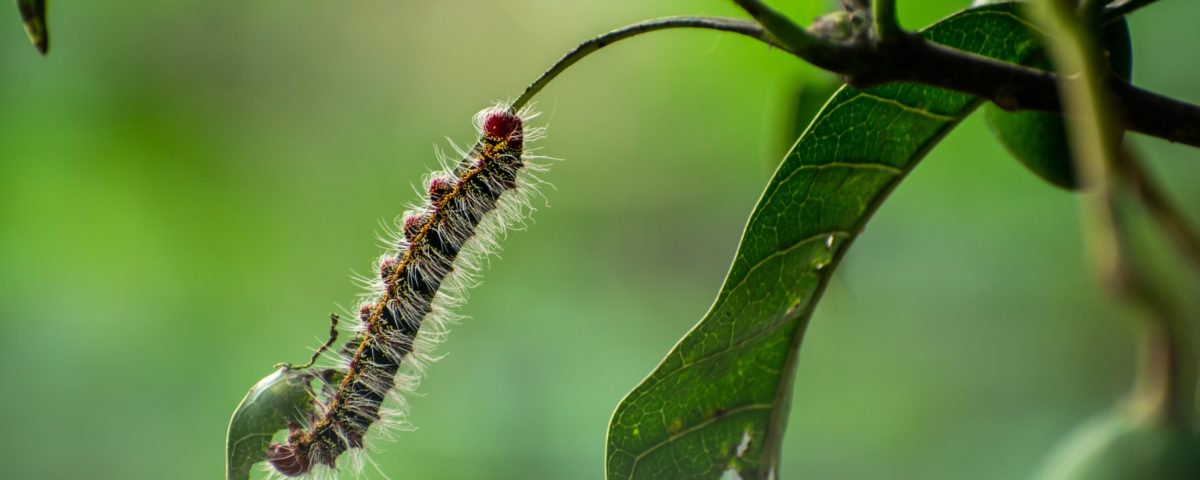
Mopane worm (Imbrasia belina) is a member of the family Saturniidae. It is an edible insect associated with the Mopane tree (Colophospermum mopane) from which its common name is derived.
Mopane worms may be found in most parts of the country where the Mopane tree is found. In Zimbabwe, the highest occurrence of the Mopane is in the Matabeleland South Province namely Beitbridge, Bulilima, Gwanda, Matobo and Mangwe Districts.
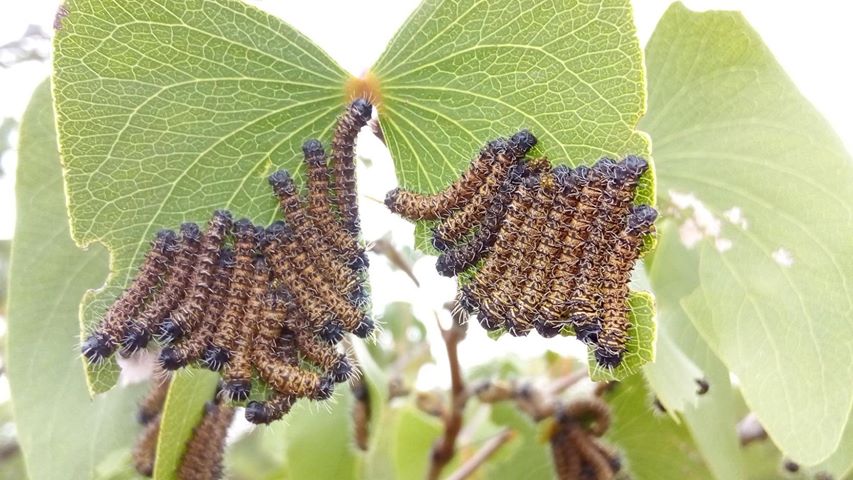
Over the past decade, there has been a shift from harvesting mopane worms for subsistence to trading them in both rural and urban markets. The increasing importance of the mopane worms as a commodity of trade has caused over-exploitation of the insect and destruction of the Mopane tree.
This year (2020), we have witnessed lots on mopane worms dying due to lack of leaves. Rarely do we experience mopane worms dying because they have eaten all the leaves from the trees. Could this be because of deforestation and climate change?
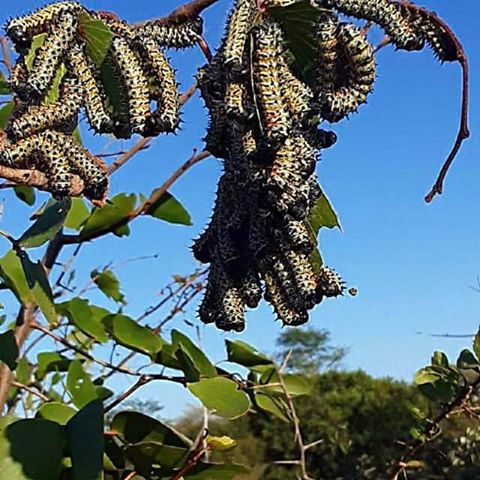
Mopane worms only feed on mopane worm leaves. In their absence, they are left to die of starvation. We have experienced mopane worms on other tree species and even crops trying to find an alternative sources of food.
Deforestation can directly lead to biodiversity loss when animal species that live in the trees no longer have their habitat, cannot relocate, and therefore become extinct. Deforestation can lead certain tree species to permanently disappear, which affects biodiversity of plant species in an environment. In the case of Mopane worms, mopane trees are under pressure from community through cutting them for timber, poles, construction materials and firewood. In the process of harvesting, some people cut down the same mopane tree for easy access while some also cut then down for firewood. All this has a negative impact and threatens the existence of mopane worms.
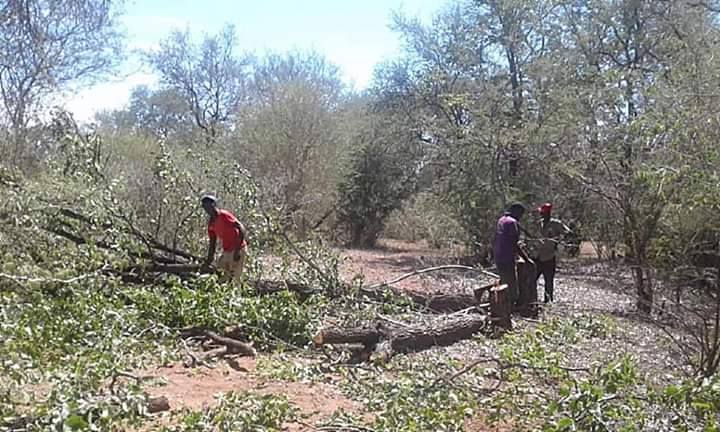
Mopane worms are not only a source of food and income but also an important species in their mopane woodlands habitats. They play an important ecological role in converting plant matter into nutrients that are available to other animals and plants.
While the loss of forests is clearly visible, a decline in biodiversity has a less apparent effect. The subtle loss of biodiversity fails to indicate the significance that fewer species in the ecosystem increases the fragility of life for all species. Despite the negative effects of deforestation and the consequential decline of biodiversity, trees are cut down for an economic and consumer benefit. Members of society need to determine how much economic cost they are willing to spend in order to preserve plant and animal species.
We encourage people to conserve and utilize mopane woodlands in a sustainable manner. Through woodland management programs, we work with communities to ensure they participate in managing their resources, through formation of committees, formation bylaws, law enforcement and promoting silvicultural practices to improve their woodland. Furthermore, we encourage communities to get maximum benefits from the woodlands through promotion on Non-Timber Forest Products (NTFPs) based enterprises such as the mopane worm.
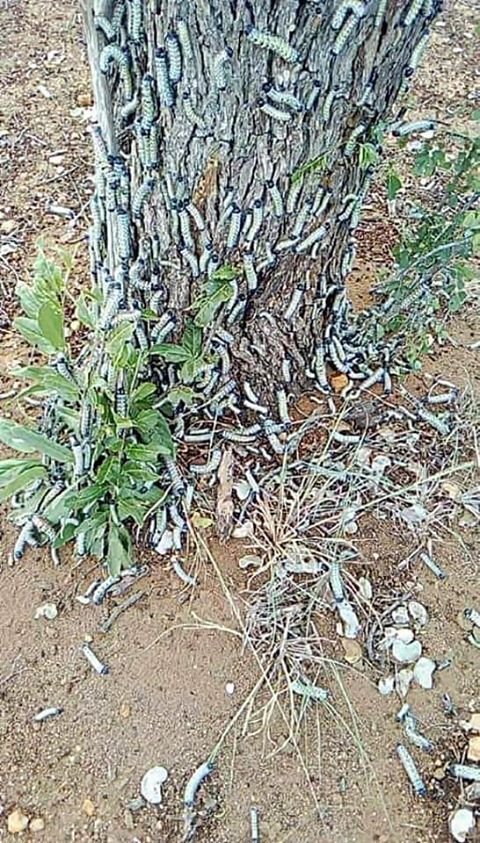
With the increasing pressure on forests and forest resources as a result of climate change and socio-economic pressures, the need to strengthen the regulatory framework for sustainable utilization of forest products and services cannot be over emphasized. We have to manage the mopane woodlands more than any other time. The short-term privileges which the rural communities derive from sale of Mopane worms cannot be sustained if environmental management practices to regulate unrestricted harvesting of the worms as well as poor harvesting methods which involve cutting down trees are not enforced at all levels of the value chain.
There is need to empower local authorities so that they can collaborate with the Forestry Commission in implementing the provisions of the Communal Land Forest Produce Act (Chapter 19:04). This can be achieved through the development of supportive statutory instruments and local level by-laws to support the Act, which might soon find itself overtaken, by new developments because of emerging socio-economic dynamics, which are defining new social parameters in the management, and utilization of forest products and services.

